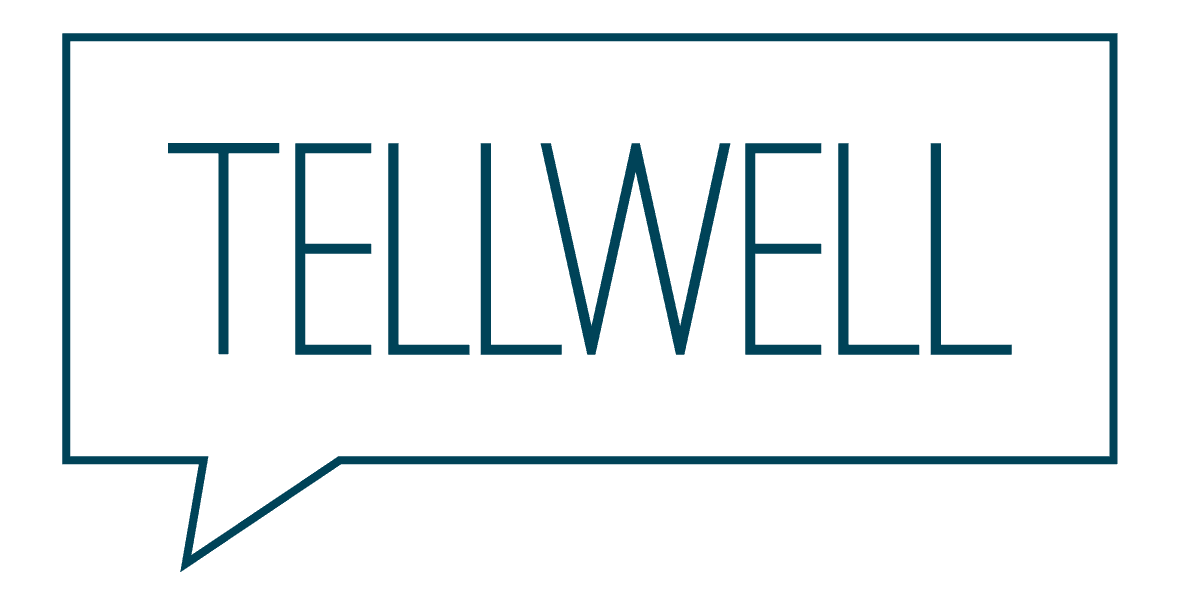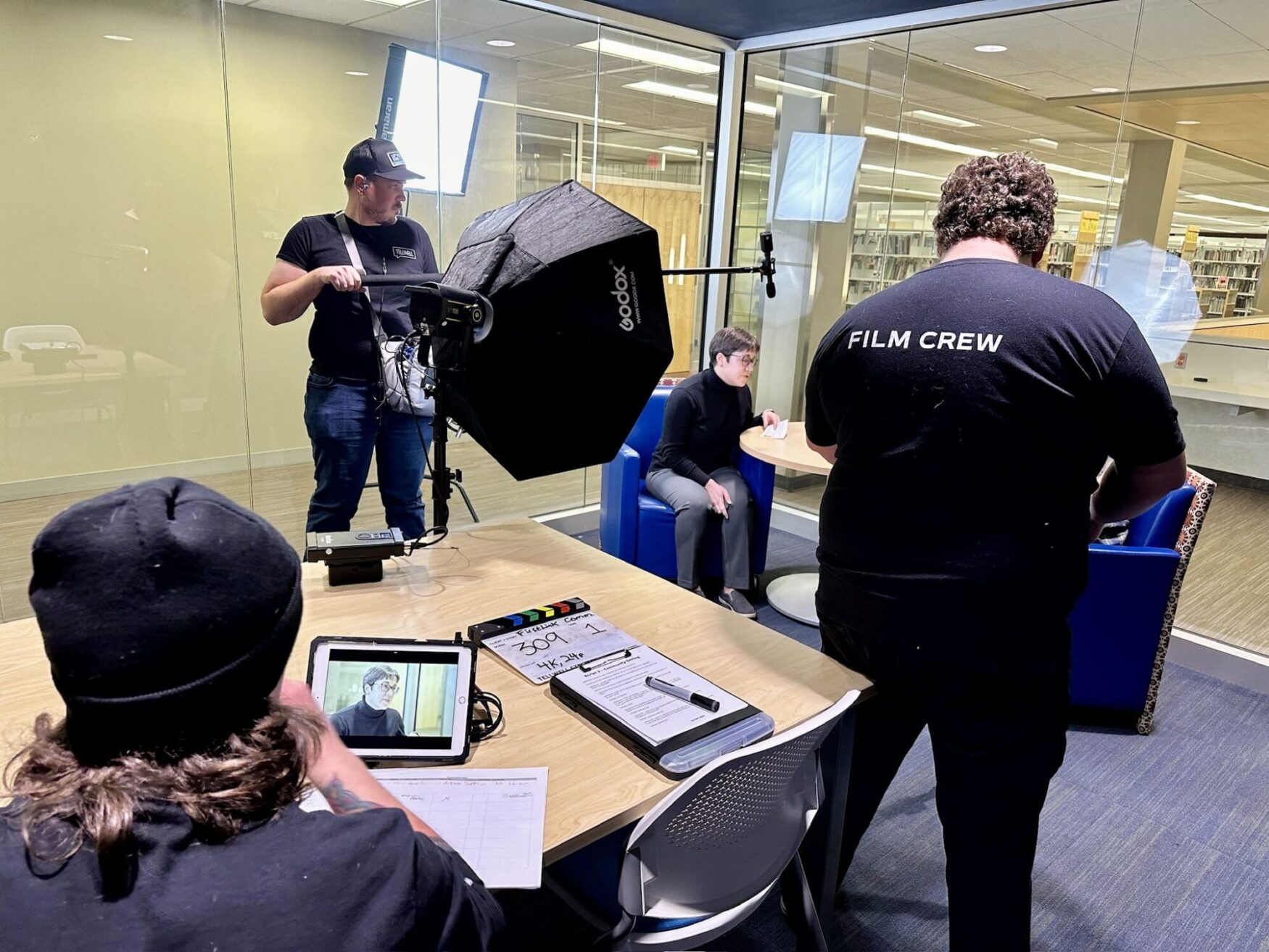We’ve all been there. That moment when you’re staring at a blank document, cursor blinking mockingly, and your mind feels just as empty. For those of us telling stories in nonprofits, higher education, or social impact organizations, this feeling can be especially frustrating. You have an important mission to communicate, but the words just… won’t… come.
Don’t worry – you’re not alone. Writer’s block hits all of us, especially when we care deeply about getting it right. When every word feels like it needs to perfectly capture your organization’s mission, it’s easy to freeze up. But here’s the good news: you can break through that wall. Let me share some practical strategies that have helped me and countless other mission-driven storytellers get back into the flow.
1. Repurpose What You Already Have 📜
Look, there’s no shame in recycling your own great work. In fact, it’s one of the smartest things you can do when you’re stuck! Think about it – you’ve already created so much valuable content that’s probably just sitting in your archives.
Remember that amazing speech your director gave last fall? Or that research report your team spent months perfecting? These aren’t just one-and-done pieces – they’re goldmines of content waiting to be rediscovered and reshaped.
I love what nonprofit marketer Mark Horvath discovered when his team started repackaging content: “We immediately saw an increase in traffic.” What’s old to you is brand new to someone who hasn’t seen it before.
Try this: Spend 30 minutes digging through your content archives. Find a piece that performed well and ask yourself how it could take on new life. Could your annual report become a series of social posts? Could your webinar Q&A transform into a helpful blog? That detailed case study might make an excellent infographic or short video.
The beauty of repurposing is that you’re not starting from scratch – you’re building on foundations you’ve already laid. And you’re reaching people who might have missed your message the first time around.
2. Recruit Help and Ideas from Others 🗣️
Writer’s block hates company. When I’m stuck, one of my favorite tactics is simply talking to someone else about the topic.
Try reaching out to a colleague with a simple question: “What do you think people should know about our work right now?” Their perspective might spark exactly the angle you need. Or chat with a volunteer or program participant – the stories and quotes they share often contain that authentic spark that no amount of solo brainstorming can produce.
I’ve found that some of my best content ideas come from casual conversations that had nothing to do with content planning. That passing comment from a professor about why she loves her research. The way a client’s face lit up describing how your program helped them. These moments contain storytelling gold.
Don’t be afraid to make it official, either. Schedule a 15-minute coffee break brainstorm with coworkers. Start a Slack thread asking for quick input. Or browse through comments on your social media – what questions keep coming up? Those questions are telling you exactly what content people want.
And remember – you don’t have to write everything yourself! Invite a passionate volunteer to share their experience in their own words. Ask a partner organization to contribute. These voices add depth and authenticity to your storytelling while giving you a break from always being the sole creator.
3. Reconnect with Your Mission (and Take a Breather) 🔄
Sometimes writer’s block is a sign that we’ve lost touch with the “why” behind our work. We get so caught up in content calendars and metrics that we forget the real people and purpose driving it all.
When I feel disconnected from my writing, I’ve learned to step away from the keyboard. Take a walk around campus. Visit a program site. Look through those thank-you notes from people you’ve helped. Remind yourself what all this communication is really about.
Ask yourself: “How does this piece of content connect to our bigger mission?” When you reframe your task as sharing something that might genuinely change someone’s life – whether it’s a student deciding on your scholarship program or a family learning about your food bank – the stakes feel different. You’re not just writing content; you’re extending your mission.
Physical movement helps too. I can’t count how many times I’ve solved a writing problem while taking a shower or walking my dog. Our brains often need that break from intense focus to make new connections. As one nonprofit advisor put it, “Get up, move around, and always reflect on where you have been and where you are headed.”
When you return to your desk after reconnecting with your purpose, you’ll bring fresh energy and clarity to your storytelling.
4. Use AI as a Brainstorming Buddy (Not a Replacement) 🤖✨
Let’s talk about the elephant in the room – AI tools like ChatGPT. Should you use them when you’re blocked? I think they can be incredibly helpful – as long as you use them the right way.
Think of AI as your creative assistant, not your replacement. It can help you break through that initial paralysis by generating outlines, suggesting headlines, or drafting rough sections that you can then refine with your human insight and organizational knowledge.
For example, when I’m stuck on how to start a difficult piece, I might ask an AI tool: “What are three engaging ways to begin a story about food insecurity in our community?” The suggestions might not be perfect, but they give me something to react to – and sometimes that’s all I need to get moving.
Here’s what AI tools do well: they help you organize thoughts, they can suggest different angles on familiar topics, and they save time on routine writing tasks. But they absolutely cannot replace the human elements that make storytelling powerful – your organization’s unique voice, the emotional truth of your community’s experiences, and the strategic judgment about what your audience truly needs.
As one content strategist noted, “AI is a valuable tool for creative teams, assisting rather than replacing… It speeds up production but doesn’t create the soul of the content – that comes from humans.”
If you do use AI tools to help overcome blocks, keep these tips in mind:
- Always fact-check anything they produce
- Feed them good information about your organization so they’re working with accurate context
- Be specific in your requests and don’t hesitate to ask for revisions
- Review and significantly edit the output to ensure it reflects your authentic voice
The most powerful approach is a collaboration – AI can help you overcome the blank page syndrome, but you bring the heart and strategic insight that makes content truly connect.
Bottom Line: You’ve Got This
Writer’s block feels terrible in the moment, but it’s also completely normal and absolutely fixable. Even – perhaps especially – in mission-driven organizations, we’re surrounded by inspiring stories waiting to be told. We just need the right tools to uncover them when we’re feeling stuck.
Try reimagining an existing piece of content in a new format. Reach out to a colleague or supporter for a fresh perspective. Step away and reconnect with why your work matters. Or experiment with an AI tool as a brainstorming partner.
Before you know it, that blank page will start filling up with words that truly serve your mission. And remember – every great storyteller faces creative blocks. Working through them is part of the process, and often leads to even stronger, more authentic communication.
Happy storytelling!
References
Horvath, M. (2016). Repurpose Your Content for Consistent Storytelling. Nonprofit Marketing Guide.
Personify Corp. (2019). Feeding the Content Machine: 3 Strategies for Beating Writer’s Block.
Idealist Careers. (2021). 6 Strategies for Gaining Perspective.
Armstrong, B. (2023). Writer’s Block: The Nonprofit Equivalent. Armstrong McGuire Blog.
NP Strategy. (2024). Can AI Create Content? Only If You Add Human Touch.


